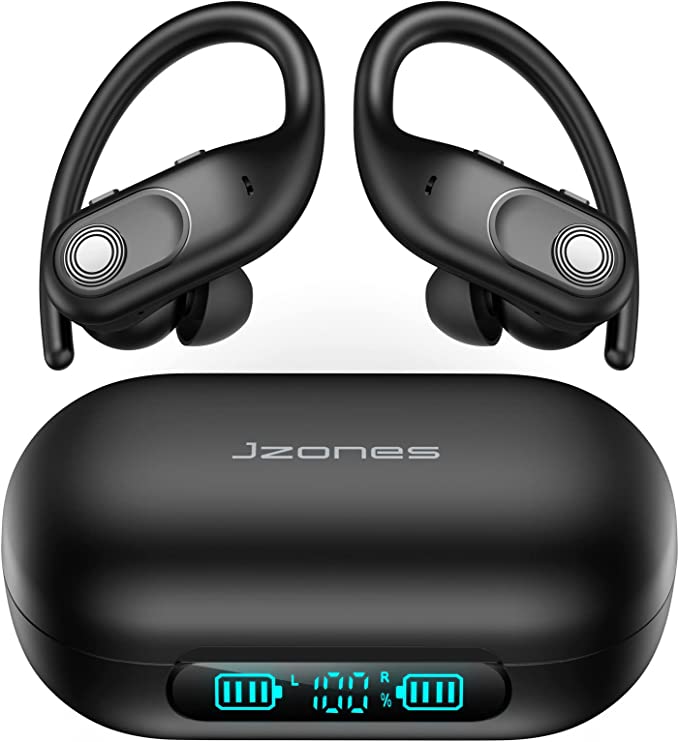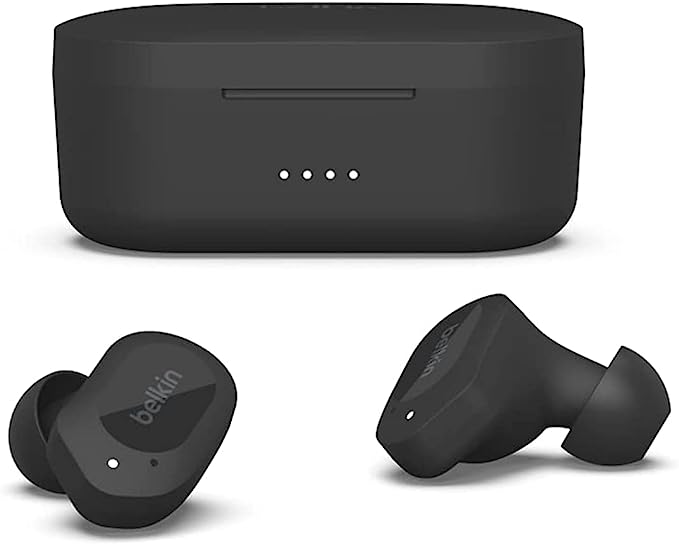If you’re a parent, the quest for a full night’s sleep can sometimes feel like searching for a mythical treasure. Those fragmented hours, the endless rocking, the tiptoeing past the nursery door – it’s a shared experience that bonds parents worldwide. We try swaddles, specific feeding schedules, and dream feeds, but one fundamental aspect often holds the key: the sleep environment. Nature itself uses powerful cues – the gentle fade of daylight, the quiet hush of night – to guide our sleep-wake cycles. What if we could gently, consistently harness these cues within our own homes? This is where understanding the science behind tools like the Hatch Rest+ 2nd Gen Baby Sleep Bundle becomes truly illuminating. It’s less about magic and more about thoughtfully applying what we know about biology and behavior to support our little ones (and ourselves) in getting the rest they need.

Your Baby’s Inner Clock: Why Light is the Master Regulator
Deep within our brains resides a master timekeeper, the suprachiasmatic nucleus (SCN), orchestrating our circadian rhythms – the near-24-hour cycles that govern sleep, alertness, hormone release, and more. Think of it as your body’s internal clock. And the most powerful signal influencing this clock? Light.
From the moment we wake, light entering our eyes sends messages to the SCN. Bright light, especially blue-spectrum light common in sunlight and screens, signals “daytime!” and suppresses the production of melatonin, the crucial hormone that makes us feel drowsy. Conversely, dimming lights and the eventual onset of darkness allow melatonin levels to rise, preparing the body for sleep.
This intricate dance is fundamental, even for babies. While their internal clocks take time to fully mature and synchronize with the day-night cycle (one reason newborn sleep is so erratic!), providing consistent light cues can significantly support this process.
This is where a device like the Hatch Rest+ 2nd Gen steps in, not to override biology, but to work with it. Its lighting functions are designed with this science in mind:
- Gentle Night Light: Many parents worry a night light might disrupt sleep. However, a dim, warm-toned light (think amber or red hues, which have less impact on melatonin than blue or white light) can provide comfort for both baby and parent during nighttime check-ins or feedings, without jarring the senses or sending strong “wake up” signals to the brain. The Rest+ allows for this kind of customizable, gentle illumination.
- Light as a Signal (Time-to-Rise): As children grow into toddlers and preschoolers, understanding when it’s okay to get out of bed becomes a new challenge. The Rest+ cleverly utilizes light as a visual cue. Parents can program it, via its app, to display a specific “sleep” color (e.g., soft red) during the night and then transition to a different “wake” color (e.g., green) at an acceptable morning hour. This isn’t just a fancy timer; it leverages behavioral conditioning. The child learns to associate the light color with the desired behavior (staying in bed or getting up), transforming an abstract concept of time into a concrete visual signal they can understand long before they can read a clock. Imagine your toddler peeking with one eye, seeing the “sleep color,” and snuggling back down, patiently waiting for their “green light” permission slip to start the day.

The Soothing Power of Sound: Creating a Consistent Auditory Haven
Just as light cues our visual sense, sound shapes our auditory environment. Think about why lullabies are universally calming, or why the rhythmic shushing sound often soothes a fussy baby. It taps into our innate response to consistent, predictable sound.
In the context of sleep, sound plays two critical roles:
- Masking Disruptions: Our world is rarely silent. A passing truck, a barking dog, a flushing toilet – these sudden, sharp noises can easily startle a baby out of sleep, especially during lighter sleep stages. This is where sound masking comes in. Continuous, broad-spectrum sounds like white noise (which contains equal energy across all audible frequencies) or its cousins, pink and brown noise (with more energy in lower frequencies), act like an “auditory blanket.” They don’t eliminate external noises, but they raise the baseline sound level, making sudden intrusions less jarring and distinct. Think of it like trying to have a quiet conversation next to a waterfall – the consistent roar makes it harder to pick out individual voices.
- Creating Calm and Consistency: Beyond masking, certain sounds can be inherently soothing. Gentle nature sounds (rain, waves) or even simple, rhythmic sounds can promote relaxation. Crucially, maintaining a consistent sound environment helps signal to the baby’s brain that it’s a safe, predictable time for sleep, especially when transitioning between sleep cycles.
The Hatch Rest+ 2nd Gen Baby Sleep Bundle addresses this through both its components:
- Rest+ 2nd Gen (At Home): The home unit serves as a sophisticated sound machine, allowing parents to choose and customize sounds that work best for their child within the nursery environment. It aims to create that steady, peaceful soundscape conducive to sleep initiation and maintenance.
- Rest Go (On the Go): Consistency is vital, even outside the nursery. The Rest Go, described in the provided information as having 10 sound options, is designed specifically for this. Its portability (clip-on design mentioned) means you can bring that familiar, soothing sound signature along for stroller naps, car rides, or visits to grandparents. Imagine your baby drifting off peacefully in their travel crib in an unfamiliar hotel room, enveloped in the same gentle rain sound they hear at home – that’s the power of auditory consistency in action. One reviewer in the source material noted using this portable unit successfully, highlighting its utility beyond the primary nursery.

Weaving the Threads Together: Why Consistency Across the Board is King
Sleep science consistently points to one overarching principle: consistency. Consistent bedtimes, consistent wake times, consistent routines, and a consistent sleep environment. When a baby’s world feels predictable and safe, their internal clock synchronizes more easily, and healthy sleep habits are more likely to form.
This is the core philosophy behind offering the Rest+ and Rest Go as a bundle. It acknowledges that life happens both inside and outside the nursery. The system aims to bridge that gap, allowing parents to maintain familiar light (at home) and sound cues (home and away), reinforcing the sleep routine regardless of location. A nap in the stroller using Rest Go’s sounds, followed by nighttime sleep with Rest+’s light and sound, creates a more seamless experience for the child.
Technology in the Nursery: A Helping Hand, Not a Magic Wand
The Hatch bundle is undeniably a piece of modern nursery technology. Like many smart devices, its functionality, particularly for the Rest+ 2nd Gen, appears intertwined with a companion smartphone app, based on descriptions and user reviews in the provided source material. This app likely serves as the control center, unlocking the device’s full potential for customization – selecting specific light colors, choosing sounds, setting schedules for the Time-to-Rise feature, and perhaps more.
This integration offers powerful personalization but also comes with considerations:
- Interaction Model: Adjusting settings requires interacting with a phone or tablet screen, which some parents trying to minimize screen exposure around bedtime might need to factor in.
- Learning Curve: As with any new tech, there might be a learning curve involved in navigating the app and setting up desired routines. Some users in the source text found the app intuitive, while others reported finding it complex or requiring an initial time investment.
- Subscription Potential? One critical review in the provided text mentioned encountering a prompt for a subscription trial. While the extent isn’t detailed, it’s worth noting that many smart devices today offer premium content (like additional sounds, stories, or guided routines) through optional subscription models. Potential users might want to clarify what functions are included baseline versus what might require a subscription.
It’s also important to remember the varied user experiences hinted at by the 3.3/5 star rating (from a small sample of 8 reviews) mentioned in the source text. While some users clearly found the device transformative (“Coolest thing ever..”), others encountered frustrations (“Most frustrating device I’ve ever used,” “Controls take getting used to”). This underscores a vital point: technology is a tool, and its effectiveness can depend on individual needs, expectations, and perhaps even tech-savviness. What works wonders for one family might be less ideal for another.
The portability of the Rest Go is a straightforward benefit, offering a simple solution for on-the-go sound consistency. The Rest+ charging base, providing up to 8 hours of battery life according to the source text, adds placement flexibility within the nursery.
Growing Alongside Your Little Dreamer
One significant aspect highlighted in the product description is adaptability. The needs of a newborn are vastly different from those of a toddler or preschooler. The Hatch system aims to cater to this evolution.
- Newborns: Gentle, warm light and continuous, soothing sounds can help calm them and support the gradual development of their circadian rhythms.
- Toddlers: The Time-to-Rise light cues become invaluable for teaching bedtime boundaries and fostering a sense of predictability. They might also enjoy choosing their own preferred sound or light color (with parental guidance).
- Older Children: Even “big kids” can benefit from a consistent sound environment to mask household noises, or use the light features as a gentle wind-down signal or reading light, promoting sleep independence.
This ability to adapt potentially extends the useful life of the device, making it a longer-term part of the child’s sleep routine.

Nurturing Rest in a Modern World: Final Thoughts
In our fast-paced world, creating pockets of calm and predictability for our children feels more important than ever. Sleep is not a luxury; it’s a biological necessity crucial for growth, development, mood regulation, and learning.
Tools like the Hatch Rest+ 2nd Gen Baby Sleep Bundle represent an intersection of technology and our growing understanding of sleep science. They offer sophisticated ways to control the light and sound environment, aiming to provide the consistency that helps regulate our children’s internal clocks and foster healthy sleep habits. When used thoughtfully – understanding the science, leveraging the features appropriately, and tailoring usage to the individual child – such devices can be powerful allies in the quest for more peaceful nights.
However, technology remains just that: a tool. It cannot replace the warmth of a parent’s presence, the comfort of a bedtime story, or the keen observation needed to understand a child’s unique cues and needs. The most effective approach always involves combining helpful tools with responsive, loving parenting. By understanding the science, utilizing resources wisely, and prioritizing connection, we can help nurture not just better sleep, but overall well-being for our children as they grow.



